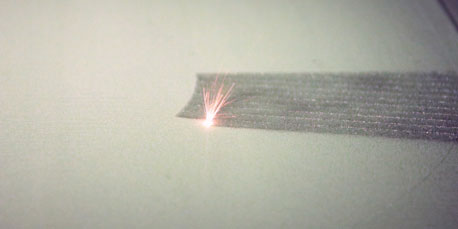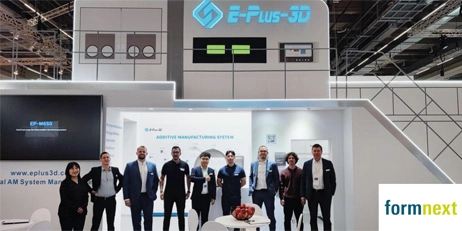If you have an in-depth understanding of the printing industry, you will find that 3D printing is a general term for additive manufacturing technology. Under this large technical framework, there are various technologies that correspond to different materials, and then connect to different application scenarios. The demand is divided into consumer-grade desktop 3D printers and industrial-grade professional 3D printers. These two categories are completely different systems, which can be understood as the difference between small pickups and heavy-duty transport vehicles.
1. Using design optimization and industrial 3D printers to optimize the car structure scheme
At present, industrial 3D printers mainly process polymer materials and metal materials, which are also the most used raw materials in traditional manufacturing. Most of the parts of mobile phones, computers, home appliances, and automobiles around us are either metal or plastic. In the system, two types of materials, plastic and metal, cannot be bypassed.
2. Parts processed by industrial 3D printer polymer materials
However, traditional processing techniques such as traditional casting, machining and injection molding are supported by complete and mature technological processes and professional software. More importantly, traditional processing techniques have not only theoretical foundations, but also richer practical experience. do support.
3. Molds made by traditional CNC machining of industrial 3D printers
As additive manufacturing (3D printing), which will compete with subtractive manufacturing (CNC) and equivalent material manufacturing (casting) in the future, to achieve efficient and high-quality processing services on the entire application side, optimization initiated from the design side is inevitable, and process monitoring, processing technology optimization and simulation testing are also indispensable links in the entire processing process. From some acquisitions of 3D printing hardware companies in the past, it is not difficult to find that giant hardware companies are either acquisitions or acquisitions. By forming a set of functional modules linked to applications through cooperation, there is no very complete ecosystem yet.
4. Bicycle parts optimized by industrial 3D printer design
From an ecological point of view, we look at the additive manufacturing industry. Manufacturing requirements, designers + design software, simulation software, testing processes, materials, 3D printing equipment, post-processing processes and processes, and assembly verification form the entire processing process, which is determined by the user. When a demand is initiated, the designer uses professional design software to design. This link is very critical, because the design for additive manufacturing technology should be different from the design direction for other processing technologies, such as whether to reduce weight and whether to be higher. The required strength and more functions, etc., due to the huge volume and cost demands of traditional manufacturing, the materials used must be durable and low-cost. However, the materials used in 3D printing should theoretically However, if a type of material system developed for 3D printing technology is also cheap and has good material properties, it is possible to replace some traditional processing techniques.
That is to say, industrial 3D printers need to use 3D printing technology, not only with more optimized design, but also with materials that are more in line with the technology, so that it is possible to upgrade traditional manufacturing and become a new manufacturing process, thereby be promoted and popularized.
Additive manufacturing needs to find the right opportunity to enter the real manufacturing and processing industry. As a big manufacturing country, China has an innate experimental advantage. At present, the competition pattern of the entire 3D printing industry has been quietly upgraded, and it is no longer only hardware. It is unrivaled in the world, and the competitive landscape of soft power, processing technology, material system and the whole process of post-processing is being established.























